Do you deny your own beauty?
Attraction can grow as a relationship progresses.
KEY POINTS: People sometimes form beliefs about their attractiveness early in life and behave according to their expectations in adulthood. Attraction can be understood through seven lenses that describe human experience, from the cellular to the societal. The more complete and authentic a relationship, the more a person's beauty can be expressed and appreciated.
I recently watched the 1996 film, “The Mirror Has Two Faces.” The story highlights both the damage is done to us when we grow up believing that we are not attractive — or, worse, that the people we most want to love us find us unappealing. These experiences can cut off the capacity for our perception and experience of beauty to grow as a relationship deepens.
Barbra Streisand directs and stars in this movie about an English professor in her mid-30s who is adored by her students but unable to sustain a romantic relationship. After her newlywed sister secretly submits her sibling’s profile to an online dating service, a mathematics professor looking for non-sexual companionship pursues her, in part because he supposedly does not find her physically attractive.
The viewer watches as their pleasure in being with each other grows, along with their caring, confiding, and companionship, passion building beneath the radar. Their involvement transforms both of the professors, allowing them to become more complete in themselves and with each other.
What is happening here?
Studies of “interpersonal attraction” date back to the early days of social psychology. More recently, studies from neuroscience through anthropology have appeared (some background and references). Here is a brief summary of interpersonal attraction as seen through the seven languages or lenses I like to apply when considering our experiences.
7 Languages Of Attraction
1. Cellular Level Attraction
At the cellular level, attraction is associated with the pheromones olfactory receptors take in when we anticipate sexual connections, the dopamine excreted when we experience pleasure, or the energy we feel pulling us towards another, whether because we feel a profound similarity or a mysterious difference that begs for exploration. An increase in these pleasures increases attraction.
Related: 8 Psychology-Based Signs Someone Secretly Has A Crush On You
2. Organ Level Attraction
At the organ level, the eyes react quickly, picking up visual cues that reflect realities outside of conscious awareness as well as those carved by complex interactions between nature and nurture. The brain tells us that a relationship with the person might offer a pathway to a goal (whether status, reproduction, sexual release, companionship, partnership, caring or anything else a person may be wanting at a particular time in their life).
Similarly, the heart can react to interaction, offering information. As Pascal said, “The heart has its reasons that reason does not know….We know the truth not only by reason but also by the heart.” The heart can tell us what we are experiencing through its beating.
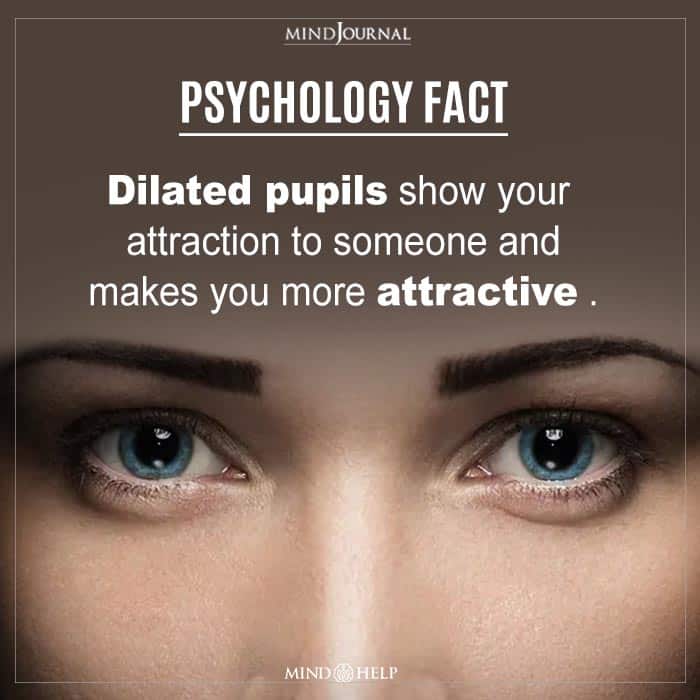
3. Biological Attraction
At the level of biological systems, breathing (our respiratory system) is essential to our functioning. The saying, “He took my breath away” reflects a very real reaction centered in heart-lung coordination, just like our circulatory or neurological arousal systems shift as we react to our attraction. (See Helen Fisher’s book Why We Love.)
4. Psychological Attraction
Moving up the pyramid to the language (and studies) of psychology, the attraction has roots in our feelings, those emotions that propel us towards or away from an experience and color it with evaluations of pain, pleasure, or curiosity. These impulses influence beliefs (conscious or unconscious) we hold about potential outcomes of behavior.
These schemata combine with our temperamental inclinations to approach or avoid something new and our life history of how we have modified our biological tendencies to explore or protect ourselves. Repeated contact leads to familiarity, which can increase or decrease our desires for more contact, depending on its emotional match with images of how relationships play out.
5. Attraction At Social-Psychological
On the social-psychological level, these sets of expectations circle back to reinforce a desire to move closer or become more distant. The strong tendency we have to “regulate distance,” keeping it at a familiar (safe) level, was captured by a series of wood sculptures, “Shaky Relationships,” sold in the gift shop of the Freud Museum in Hampstead, England. Of course, people can learn through interactions, and so we can learn to modify those scripts, as Streisand and Jeff Bridges discover in the film.
Defining “attraction” moves towards definitions of “beauty.”
As we move up the language pyramid, defining “attraction” moves towards definitions of “beauty.” The cultures in which we are embedded define (to a large extent) both what is desirable and what is beautiful, as explored in the chapters of Mate Selection Across Cultures. For example, our social and temporal surroundings influence our notions of “beauty,” ranging from body shape to expectations of fertility.
Related: 9 Psychological Tricks To Make Someone Like You Instantly
6. Attraction At Cultural Level
Evolutionary psychologists like David Buss and anthropologists like Helen Fisher focus on the cultural implications of our biology as an essential component of attraction. Not only does mating lead to the perpetuation of the species, but it can also be a way for a culture to care for its aging members.
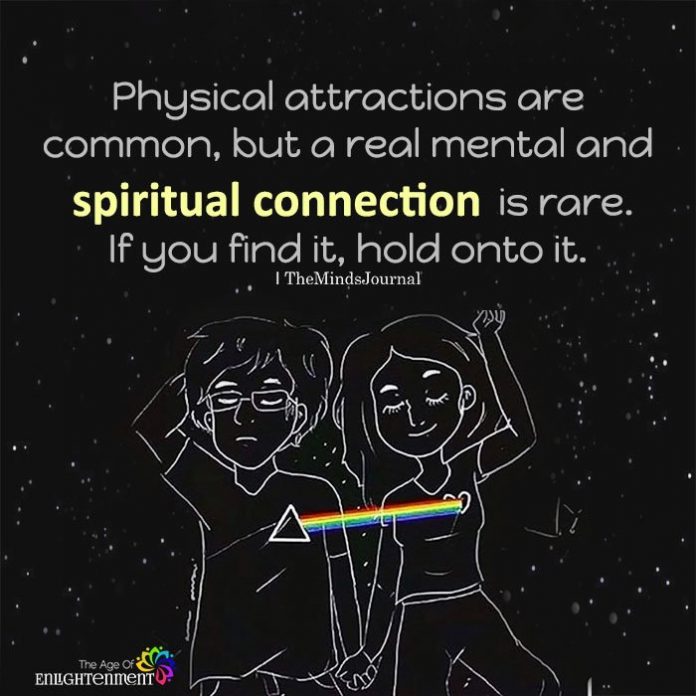
7. Spiritual Attraction
Finally, the attraction between two people can be seen, for some, from a spiritual perspective, as transcendent forces put them together into a full union, perhaps of “soul mates.” From this perspective, fixed definitions and perceptions melt into deeper levels of appreciation as the nooks and crannies of the relationship expand.
Once passion, friendship, and caregiving systems are engaged, what once may have been seen as flaws can become beauty marks. The attraction continues to expand, limited only by time. The depth of love that goes beyond the perceived “imperfections” can bring healing and liberation, wholeness, and a sense of transcendence (the universal) that allows one to feel held, respected, free to continue to grow and explore.
Related: 35 Interesting Paradoxes On Human Behavior That Are True
In the movie, honesty and exposure led both characters to transform, no longer limited by a childhood belief that “I am neither pretty nor desirable” or an adult belief that “My sexuality has a life of its own and leads only to disaster.” Love and admiration bring appreciation and attraction, a deeper knowing with recognition of the light within that can shine through when we develop a capacity for loving, the love for another, and the ability to see the reflection of that love in another’s eyes or touch.
Copyright 2021 Roni Beth Tower
References: Buss, D. (2016). The Evolution of Desire: Strategies of Human Mating. (4th Ed.) Basic Books. Fisher, H. (2004) Why We Love: The Nature and Chemistry of Love. New York: Henry Holt & Co. Hamon, E. E. & Ingoldsby, B. B. (Eds.) Mate Selection Across Cultures. (2001) Thousand Oaks, CA: Sage Publications.
Written by:Roni Beth Tower Originally appeared on: Psychology Today Republished with permission




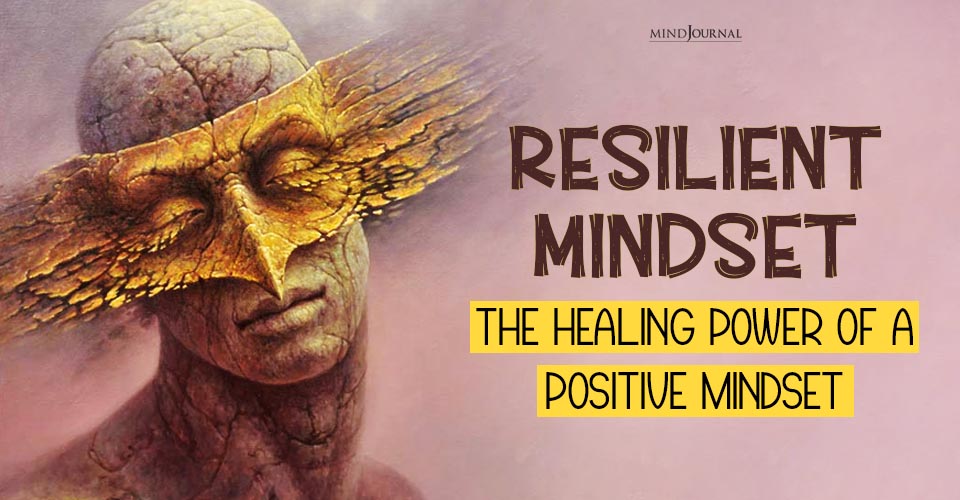
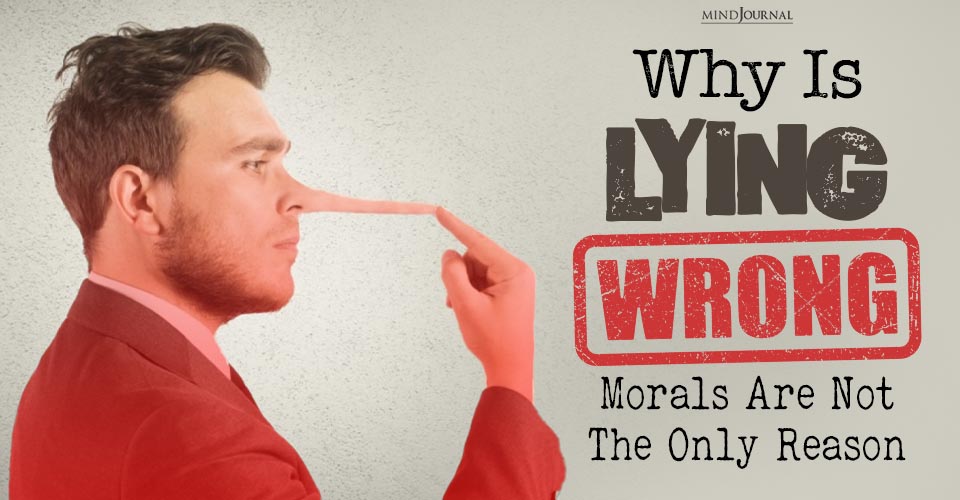
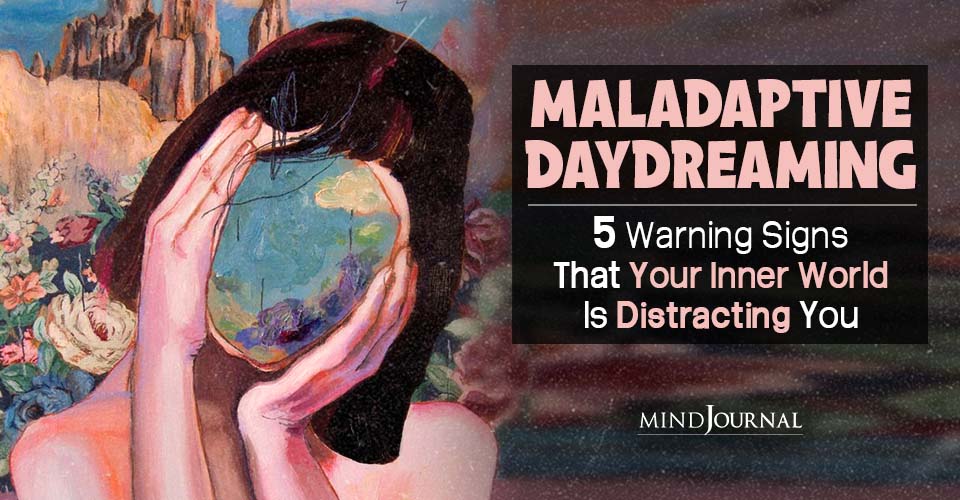

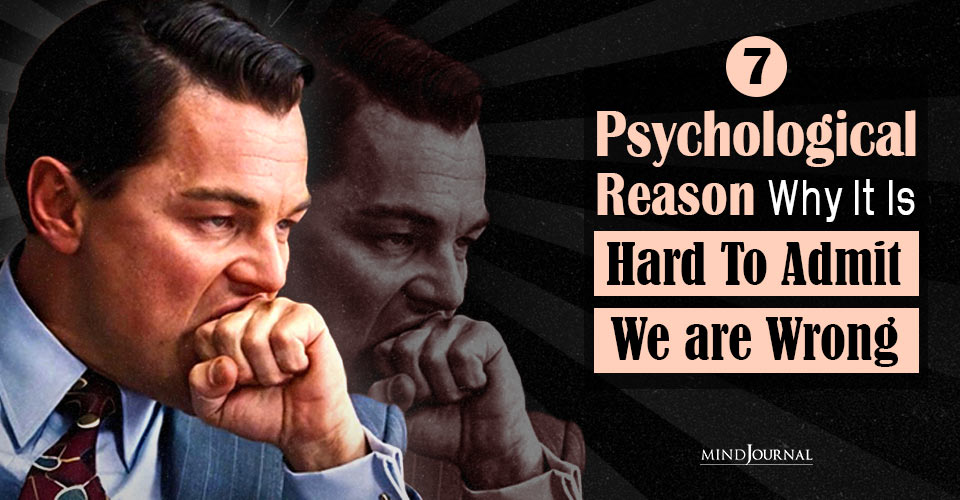

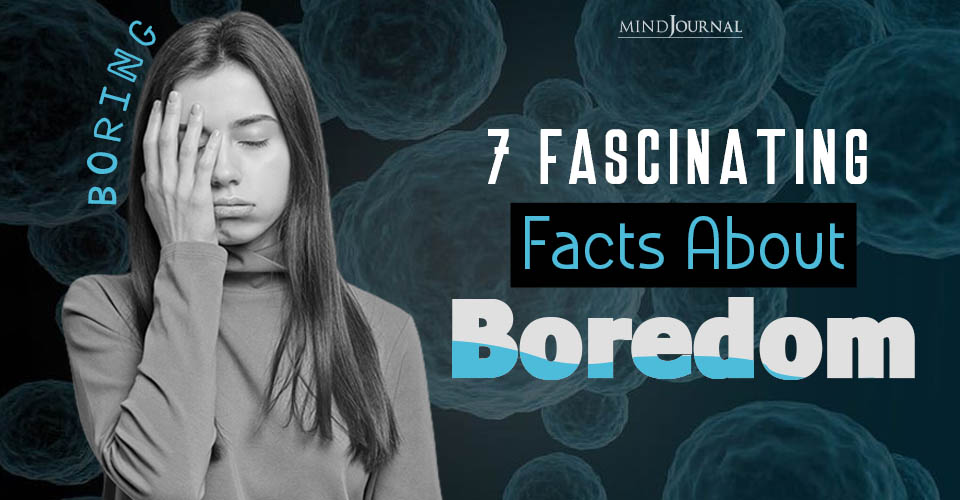
Leave a Reply